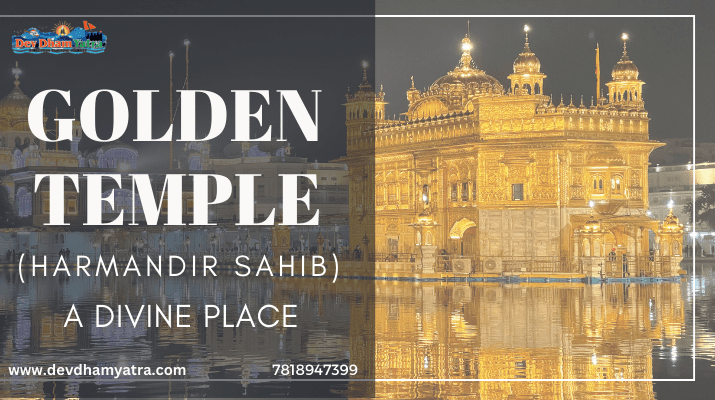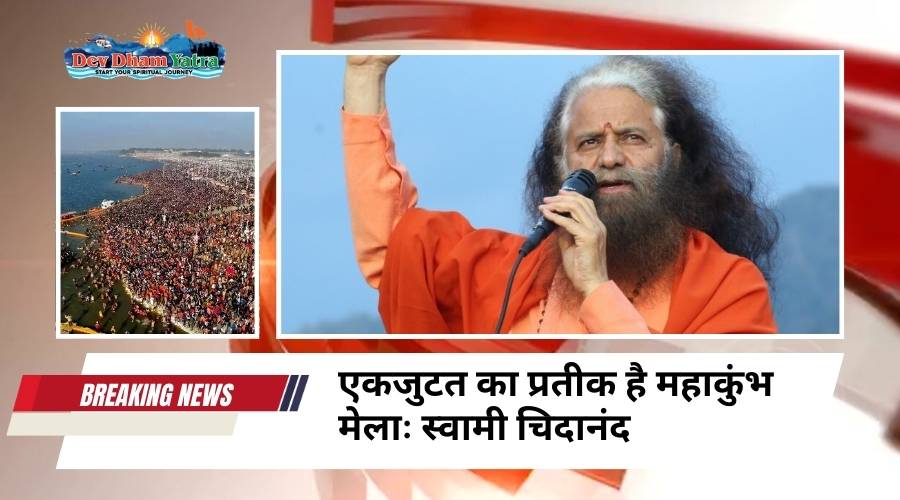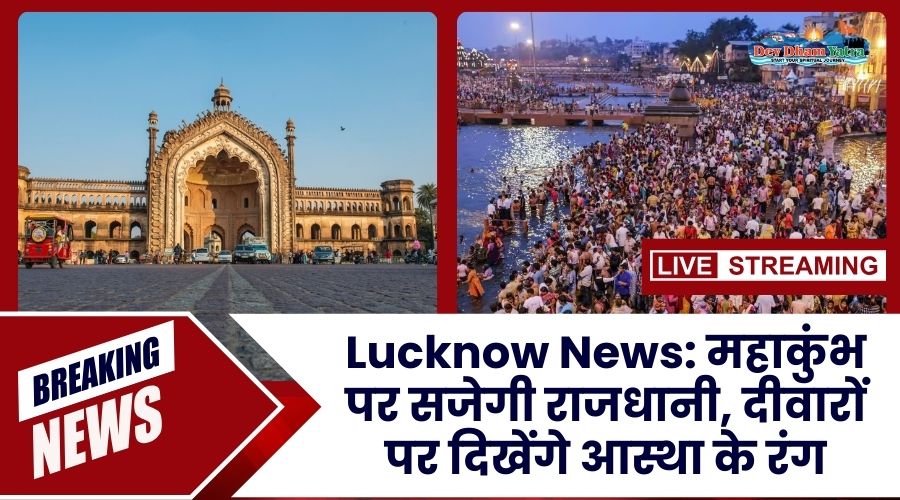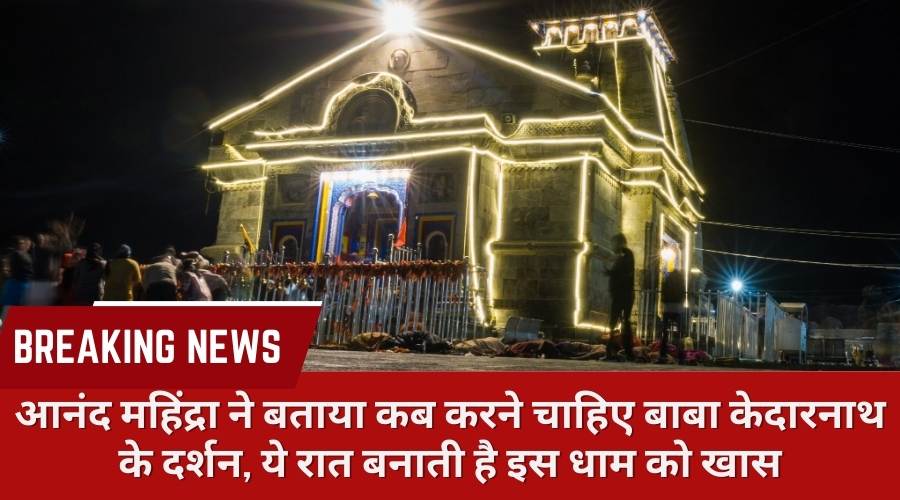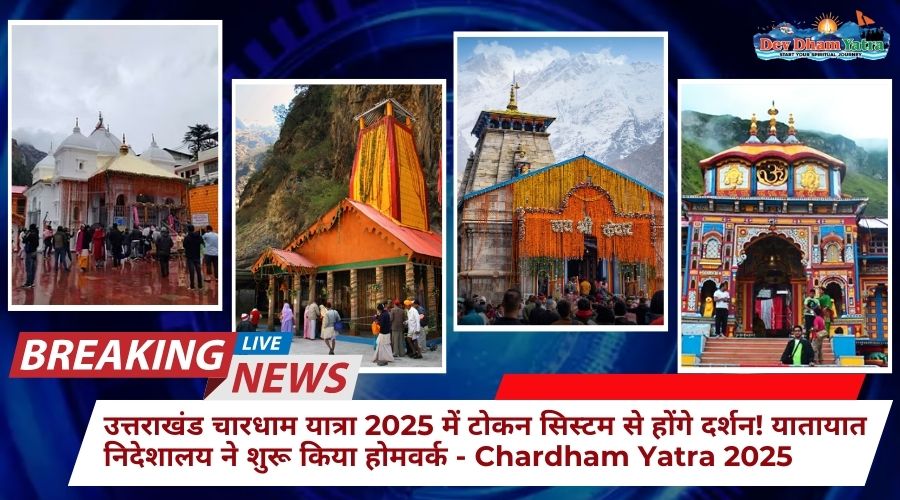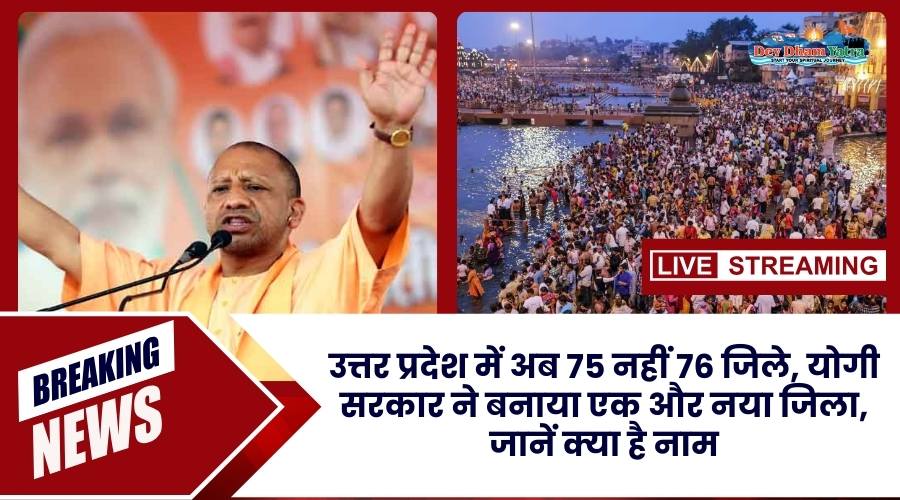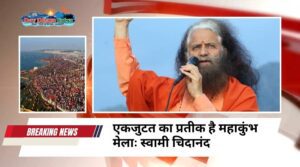Golden Temple Info:
The Golden Temple, also known as Sri Harmandir Sahib, is Sikhism’s holiest temple and one of India’s most spiritual places. The spectacular golden architecture of the temple, located right in the centre of Amritsar, and the daily Langar (community kitchen) draw a significant number of visitors and worshippers each day. The temple is open to devotees of all faiths and serves free food to over 100,000 individuals from all walks of life.
The shrine is housed in the Grand Temple, which is only a small fraction of the huge complex known to Sikhs as Harmandir Sahib or Darbar Sahib. The spiritual focal point is the tank, the Amrit Sarovar, which surrounds the shining centre shrine. There are more shrines and memorials along the complex’s perimeter. The Sikh Museum, located inside the main entry clock tower, depicts the Sikhs’ 1984 oppression at the hands of the Mughals, British, and Indian Governments. The Golden Temple is without a doubt one of the world’s most stunning tourist sites.
Golden Temple History:
The Mughal emperor Akbar gave the site for the Golden Temple, on which building began in 1574. The fourth and fifth Sikh Gurus oversaw the foundation’s construction, which was completed in 1601. It has been rebuilt and improved regularly over the years. The inverted lotus-shaped dome was inlaid with 100 kg of gold and ornamental marble in the nineteenth century. This event was sponsored by Maharaja Ranjit Singh, a renowned warrior king dearly remembered by the Sikh community.
In 1984, India’s then-Prime Minister ordered an attack on the armed Sikh insurgents hidden within the Golden Temple grounds. Over 500 people were killed in the ensuing conflict, and Sikhs all over the globe were enraged by the demolition of their holy site. The Sikh community declined to allow the federal government to repair the temple’s damage, instead performing the work themselves. The temple has been extensively restored since then, but the incident is still fresh in the thoughts of the locals.
Festivals Held in the Golden Temple:
Baisakhi, held in the second week of April (usually on April 13th), is one of the most prominent festivals at the Golden Temple. This celebration is held to commemorate the Khalsa’s inception. Other religiously significant holidays include Guru Nanak’s birthday, Guru Ram Das’ birth anniversary, Guru Teg Bahadur’s martyrdom day, and others. On Diwali, the Harmandir Sahib is brightly adorned with lights and diyas, as well as a fireworks display. The temple is visited by the majority of Sikhs at least once in their lives.
The Guru Granth Sahib
The Guru Granth Sahib is put within the temple grounds every morning and returned to the Akal Takhat (timeless throne), the temporal seat of the Khalsa fraternity, every night. The Palki Sahib ceremony allows male guests to participate in the devotion of this holy book. A big palanquin is used to transport the Guru Granth Sahib. Male tourists form a queue in front and behind the palanquin, shouldering the load for a few seconds before passing it on to the next person. This enables everyone to participate while also resting.
The winter ritual begins at 5:00 a.m. and ends at 9:40 p.m., whereas the summer ritual begins at 4:00 a.m. and ends at 10:30 p.m.
Golden Temple Architecture:
The Golden Temple is a stunning fusion of Hindu and Islamic architectural forms that appears to float at the end of a long causeway. It includes an exquisite marble bottom level with animal and flower themes in pietra dura craftsmanship, similar to the Taj Mahal.
The glistening second level lies above this, surrounded by elaborately carved gold panels and crowned by a 750-kilogram gold gilded dome. The brilliant inner sanctuary’s priests and musicians are constantly chanting the Guru Granth Sahib, adding to the already intense religious atmosphere.
After paying their respects, pilgrims frequently retreat to the second level, which displays the wonderfully painted gallery.
Guru’s Bridge, a marble causeway, connects the Hari Mandir (central temple) to the footpath. This path reflects the journey of the soul after death. This tank, which is surrounded by marble stairways, is supposed to have healing powers that may cure a wide range of maladies.
Golden Temple Langar (Guru ka Langar)-World’s Largest Free Kitchen
If you go, don’t forget to offer and sample the wonderful Prasad. The temple also features the world’s largest kitchen, which serves free langar meals to people of all faiths and sectors.
Guru-Ka-Langar, located at the temple complex’s southeast end, is a massive feasting hall where an estimated 60,000 to 80,000 pilgrims dine after praying at the Golden Temple. The lunch is free, although pilgrims frequently donate and offer aid with the large mound of dishes to be washed. It is a modest example of Sikh hospitality, serving everyone from paupers to millionaires. The vegetarian dinner served here allows everyone to eat together as equals. This is commonly known as the World’s Largest Free Kitchen.
Tips for Visiting the Golden Temple
- Before entering the temple compound, remove your shoes and socks (there is a sandal stand at the gate). Wash your feet in the neighbouring shallow foot tubs.
- Put on acceptable attire. To show respect in the gurudwara, the body must be completely covered, as well as the head. Nonetheless, bringing a scarf is a good idea.
- Tobacco and alcoholic beverages are prohibited.
- If you want to sit next to the tank, cross your legs and avoid dipping your feet in the water.
- Photography is permitted along the tank’s promenade, but not inside the Golden Temple
Structures within the Golden Temple
- Teja Singh Samundri Hall and Akal Takht– Teja Singh Samundri Hall and Akal Takht- Akal Takht, which translates as “The throne of the Timeless (God),” is just in front of the main sanctuary. After Guru Hargobind established it in memory of his father, Guru Arjan, it became known for its ceremonial, spiritual, and secular events. While the Akal Takht at the Golden Temple complex is the primary seat and chief authority of Sikhism, there are four more Takhts that are important pilgrimage sites for Sikhism in Anandpur, Patna, Nanded, and Talwandi Sabo.
- Ber Trees– The Golden Temple complex was once open, with numerous trees surrounding the pool. A two-story courtyard with four entrances and three Ber (jujube) trees have been added to the temple grounds. The first is the Ber Baba Buddha, which may be seen to the right of the ghanta ghar door. Baba Buddha sat beneath the tree while watching the construction of the first temple and pool, therefore the tree was named after him. The Laachi Ber tree is said to be where Guru Arjan slept while the temple was being erected. The third tree, Dukh Bhanjani Bher, is across the pool on the other side of the sanctum. According to Sikh folklore, after soaking in the waters of the temple pool, a Sikh was healed of leprosy, earning the tree the moniker “suffering remover.” This tree houses a little gurudwara.
- Clock Tower– While the clock tower did not exist at the time the temple was erected, the British Clock Tower now stands in place of the “lost palace.” The British demolished a part of the edifice and replaced it with a clock tower during the Second Anglo-Sikh War. The John Gordon-designed Clock Tower was built in 1874 but was dismantled by Sikhs 70 years later. Although the temple is still known as the ghanta ghar door, there is a new entrance to the north and a museum on the first level.
- Sikh History Museums– A Sikh museum with artwork of Gurus and martyrs is located on the first level of the main ghanta ghar door. The museum’s swords, Kartar, combs, and chakras depict Sikh history in all its glory.
Daily Rituals
The rituals done in the Golden Temple follow Sikh tradition, in which the scripture is viewed as a living person, practically equivalent to and respected as a Guru.
Prakash, which translates as “light,” is the name of the opening rite. Every day at dawn, the Guru Granth Sahib is removed from his apartment, carried on the head, and then deposited and transported around on a flower-decorated palanquin. When the Var Asa kirtans and arias are sung ritually and a random page from the holy book is opened, it is carried to the main sanctum. The mouthwash of the day is read aloud, and the page is written for pilgrims to read throughout the day. Sukhsan (comfort or rest position) is the culminating ceremonial, which begins at night and concludes with a sequence of devotional kirtans and three-part areas. While the devotees sing, it is borne on the head and then deposited and transported in the flower-decorated, pillow-bed palanquin. It is transported into the Akal Takht and slipped under the covers.
How to reach Golden Temple
Local transportation, like auto and cycle rickshaws, is the cheapest and most convenient means of transit to the Golden Temple. It also includes vehicle rental firms from which to rent a car and get to the temple. The Golden Temple Trust also provides complimentary bus transportation from Amritsar Railway Station.
Air: The airport in Amritsar, known as Raja Sansi International Airport, is 11 kilometres from the city. Taxis to the Golden Temple are accessible from there.
Rail: The rail networks in Amritsar and Delhi are large. Visitors to the Golden Temple are transported by taxis and three-wheelers such as cycle rickshaws and e-rickshaws.
Road: Travelling by car from Delhi to Amritsar is one of the finest options because both cities are connected by an excellent highway network.
FAQs
Q: What time is the Golden Temple Darshan?
A: The Golden Temple is open from 5:00 a.m. to 10:00 p.m. every day of the week. The Golden Temple is around 13 kilometres from Amritsar Airport, while the Amritsar Junction Railway Station is less than 2 km away.
Q: What exactly are the Golden Temple rules?
A: Before entering the sacred complex, wash your feet/hands and cover your head properly. Cigarettes, Biri, Tobacco, and other intoxicants are strictly forbidden within the holy precincts. Chewing gum, sunglasses, and photography are not permitted inside the Golden Temple.
Q: Which portion of the Golden Temple is made entirely of gold?
A: Harmandir Sahib, the golden temple, is flanked by several milky white temples and a moat. The dome of the temple, which was built in 1577, is adorned with 750 kilogrammes of pure gold.
Q: Is there a VIP entrance to the Golden Temple?
A: There isn’t a single soul without a cloth over their head. The enormous queue of people waiting to enter the main sanctuary moves in sync. There are no VIP lines or special “darshan” lines. It’s a single queue for everyone (except for ladies with small babies).

